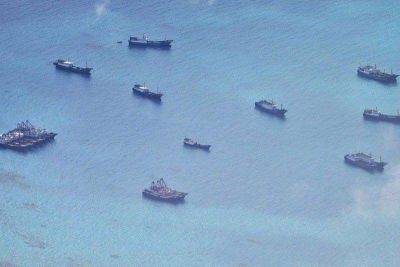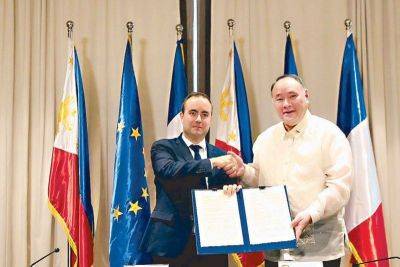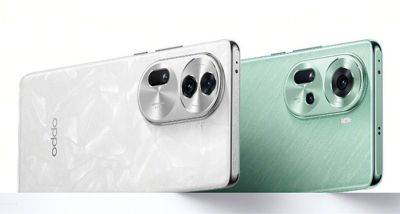The Children the U.S. Military Left Behind in the Philippines | TIME
Karewin Levante has lived most of her life in the shadow of the Subic Bay naval base. When she was only 7 years old, she would sell gum outside its gates from dusk to dawn, rarely making a profit. Now 45, Levante spends her days in the hot sun, selling corn dogs for 20 cents apiece. After a good shift, she might take home $10, though more often she says her earnings are closer to $3.
Barely scraping by is a familiar plight for people like Levante. “My entire life is a struggle,” she tells TIME.
Levante is one of tens of thousands of Filipinos who, according to a 2013 study, have been neglected since birth due to “dramatic exposure to racial prejudice, bias, and discrimination,” among other factors. Often referred to as Amerasians—people fathered and abandoned by American servicemen stationed overseas—they’re estimated to number in the hundreds of thousands when counting their children.
Levante was 13 when the U.S. military formally left the Philippines. Manila had decided to boot American forces out, ending nine decades of occupation—first as a colony, then as a military outpost in the Pacific. On Nov. 24, 1992, the last group of American soldiers and sailors boarded USS Belleau Wood and departed the Southeast Asian archipelago from Subic Bay, which was at the time the largest U.S. military installation overseas.
Levante was taunted as a child for being “left by the ship.” Now, the ships are coming back—but not for her. With the U.S. and the Philippines recently announcing a new pact to greatly enhance American military access to Philippine bases once again, she’s worried the mistakes of the past will be repeated.
In 1992, then-President of the Philippines Fidel Ramos made note of these “throwaway children,” as he called the Amerasians. “The welfare of these young Filipino-Americans remains the joint responsibility of both countries,” Ramos said during a changing of the guard ceremony at Subic Bay, adding that he would “not allow them to end up in poverty.”
But in the end, no one took responsibility. The vast majority of Filipino Amerasians have faced persistent stigmatization in their homeland and rejection from the land of their fathers. In Washington, efforts







